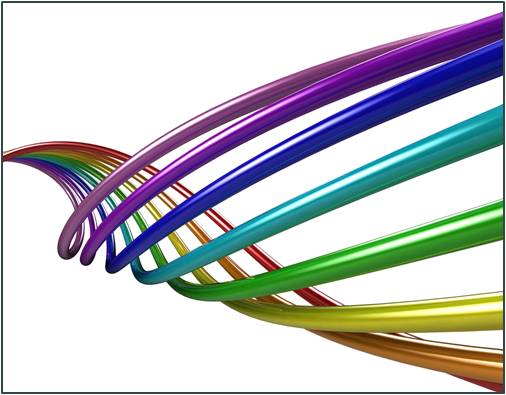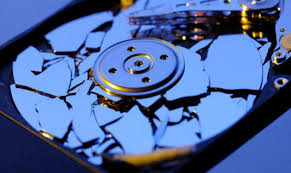Please accept YouTube cookies to play this video. By accepting you will be accessing content from YouTube, a service provided by an external third party.
If you accept this notice, your choice will be saved and the page will refresh.
Please accept YouTube cookies to play this video. By accepting you will be accessing content from YouTube, a service provided by an external third party.
If you accept this notice, your choice will be saved and the page will refresh.

If you’ve read my articles over the last decade or so you’ve seen I’m keen on maintenance. Both from a physical hardware as well as software perspective a storage environment needs to be kept in tip-top shape at all times.
Whenever you’ve encountered an output of a nameserver entry you may have come across the phenomenon that the fabric has no clue what the attached device is. For a FC switch an attached device (or N-port in technical terms) is not more than a source or destination where frames originate from or can be sent to. As soon as smarter functions are required it may be helpful (or required) to be able to obtain more information from that device.

The entire IT industry is packed with mathematics. So instead of keeping things easy we need to work our way around imposed restriction that have been imposed on us by history.
When hardware was developed 1 to 5 decades ago things were (maybe still are) very expensive. Every corner was cut to keep costs low in order to be to sell anything. You can have the latest and greatest but if you’re pricing yourself out of the market the shelf-life of your shares becomes very short and at some stage you basically cease to exist. Companies like DEC and SUN have found out the hard way. Fabulous marvels of engineering but lack of sales and marketing efforts aligned to that engineering feat basically failed to gain sufficient traction in the market and as such they are no more.
Going back to the hardware restrictions and the SFP -INF state
You may encounter some output from an sfpshow (Brocade) or “show transceiver detail” (Cisco) like this:
Temperature: 46 Centigrade
Current: 6.428 mAmps
Voltage: 3261.5 mVolts
RX Power: -inf dBm (0.0 uW)
TX Power: -3.3 dBm (464.2 uW)
So what does that mean? Read on.

Like clockwork Brocade releases new FOS version around every 6 months. No news here. FOS 8.2.1 is however a release you may need to pay special attention to especially if you have X6 director class switches hooked up to a 240 volt, 50 Hz power mains as well as sitting between a rock and a hard place with the 7800 extension switch but don;t have the budget to go to a relatively pricey 7840. One other thing is the change in licensing hardening on pizza-box switches which makes the upgrade to this release a one-way street without being able to go back.
Nice title especially if you’re in the lumberjack business. 🙂 All kidding aside. Support engineers rely 100% on these things and if we’re asking for them please don’t hesitate to provide them.
It has been ventilated a fair amount of time that some people see this as some sort of “delay-tactic” from support engineers but nothing can be farther from the truth. Main reason is that we don’t get any benefit anyway, it doesn’t solve your problem nor does it dismiss us from providing you a timely solution to your problem..
Read on…………..

Ughh, upgrades, maintenance, risk of downtime, out of hours work and pulling all-nighters or even weekends when your wife and kids start wondering who that strange man is that sometimes shows his face through the back-door.
But what made you decide to do the upgrades on your OS, firmware, applications etc.
Maybe the title should be “When to NOT replace an SFP” as I see in many occasions it is seen as a first option of fixing problems. In reality the SFP is one of the least failing components in the environment and replacing them more often leads to other problem than actually resolving the original issue.

OK, OK, don’t panic. In 99.999% of all cases you’re BNA management system is well dug deep inside the datacenter’s behind a fair few layers of firewalls, switch ACL’s and other physical or non-physical borders so bad dudes being able to exploit the vulnerability is relatively unlikely. Just in the event you still want to prevent from even being remotely possible here is a procedure to remove the underlying issue as well as being able to remove some older, less-secure, protocols.
If there is one thing that gets people relatively annoyed is that their data is not available for a certain amount of time. You can’t get to your sales data, orders cannot be fulfilled, your tracking and tracing options for your goods on their way to your customers does not show up etc. That makes you really crunching your teeth whilst waiting for this stuff to come back. Take that feeling into your head and extrapolate it to the point you start to realize this will not return, ever…….got it? That is when data-corruption has made its mark.